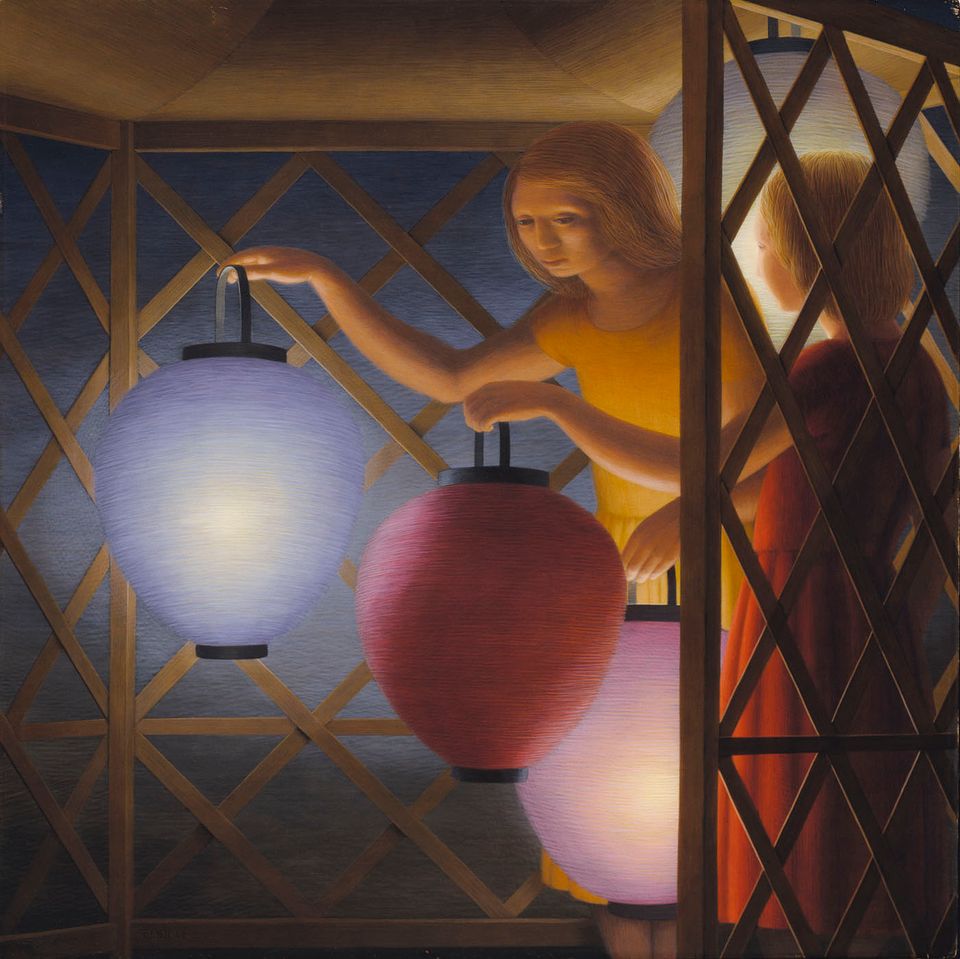Gaston Lachaise
- Born
- Paris, France
- Active in
- Boston, Massachusetts, United States
- Biography
Born in Paris, came to the United States in 1906, lived in Boston, later in New York City. Sculptor best known for his large, stylized, voluptuous female nudes, especially the several versions of Standing Woman (1912–27, 1932).
Charles Sullivan, ed American Beauties: Women in Art and Literature (New York: Henry N. Abrams, Inc., in association with National Museum of American Art, 1993)
- Artist Biography
Lachaise studied at the Ecole Bernard Palissy and the Académie Nationale des Beaux-Arts in his native Paris. A year's employment with René Lalique provided passage money, and in 1906, with thirty dollars in his pocket and no knowledge of English, he traveled to Boston in pursuit of the woman who would later become his wife and frequent model. After six years of work on Civil War memorial statues with Henry Hudson Kitson, he became Paul Manship's assistant in New York. His real breakthrough came when he met Arthur B. Davies, who invited Lachaise's participation in the 1913 Armory Show. In New York, Lachaise was soon involved in progressive art circles. As president of the Society of Independent Artists, he worked with Walter Pach, John Sloan, Gertrude Vanderbilt Whitney, Robert Henri, and other influential artists. Although during the early 1920s Lachaise frequently sculpted animal and bird themes, he is best known for his portraits and for his sensuous, full-figured women. He executed commissions for the American Telephone and Telegraph and RCA buildings in New York, and created the National Coast Guard Memorial in Washington, D. C.
Virginia M. Mecklenburg Modern American Realism: The Sara Roby Foundation Collection (Washington, D.C.: Smithsonian Institution Press for the National Museum of American Art, 1987)
Luce Artist BiographyGaston Lachaise grew up in Paris, studying at the Ecole Bernard Palissy and at the National Academy of the Beaux-Arts. Around 1900, he began an affair with Isabel Dutaud Nagle, a married Canadian American. A few years later, with only thirty dollars and no knowledge of English, Lachaise followed Isabel to America. He apprenticed to the sculptors Henry Hudson Kitson and Paul Manship and worked more than twelve hours a day, only stopping to see Isabel and sleep. In 1913, Isabel’s divorce came through and they were finally able to marry. Lachaise was devoted to his wife, modeling numerous sculptures of her and even asking his patrons for extra money to buy her gifts.














